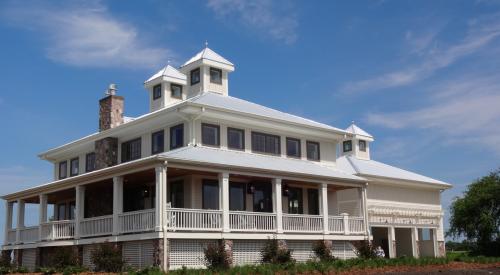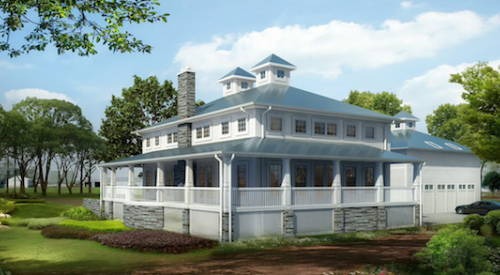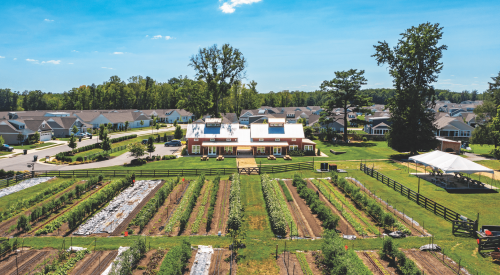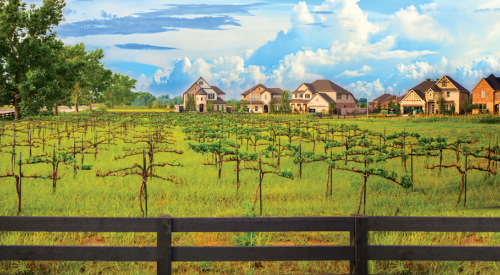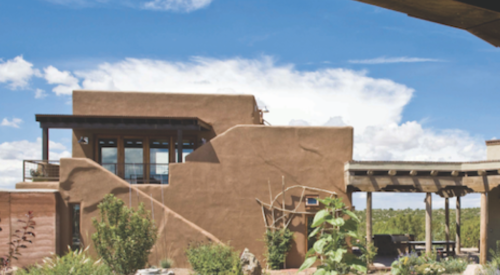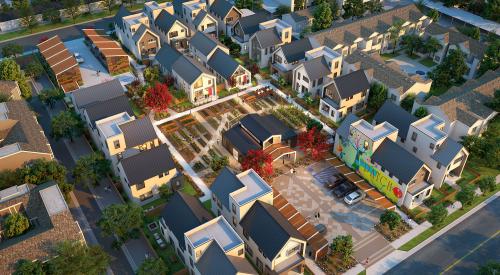In Kane County, Ill., a developer courting one of three neighboring family farms to sell land told one farmstead’s owner, “The next time you go by this place, you won’t even recognize it.” The developer thought he was impressing the farmer with his vision to transform fields into a thriving suburban community. But the farmer, whose family had tilled these acres since the early 1900s, inferred that the developer was going to wipe out the farmer’s heritage. Jane Strickland had better luck.
The Fort Wayne, Ind., resident had been searching for a location to start a horse stables business and had bought one of those family farms in 2001. She soon saw that suburban sprawl from Huntley, Elgin, and other suburban Chicago enclaves was pushing westward. Almost always when residential development creeps next to farmland, the two coexist for a time but eventually the farm is annexed and disappears. Strickland and her brother, John DeWald, a San Diego developer as well as a trained biologist and chemist, sought a way to preserve the county’s farmland. They proposed an idea that became Serosun Farms and won over the neighboring Allens and Grollemonds who saw the development as one that would preserve the legacies of their farming families. Even some of the roads and a pond are named after the families and their children.
There are now at least a dozen agrihoods—planned communities with housing built around working farms—such as Serenbe near Atlanta, Agritopia in Phoenix, and South Village in Burlington, Vt. Homeowners tired of the city’s hustle and bustle are drawn to pastoral country living and being near organic farms that supply locally grown food for farm-to-table markets and farm-to-fork restaurants. Much like the golf course, pool, or tennis courts were unifying amenities in master planned communities, food is emerging as a community-building tool.
